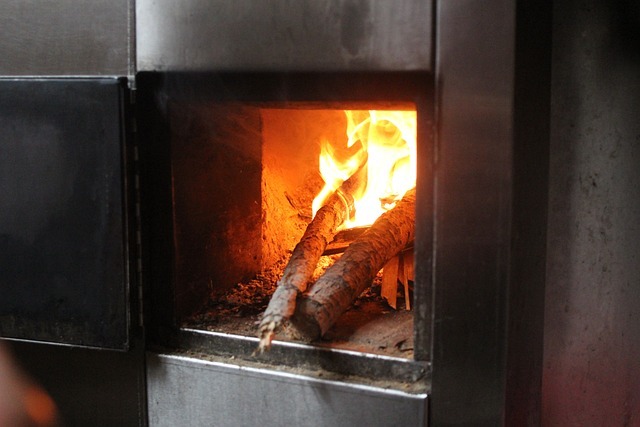Although it may sit unused for most of the year, furnaces are used a lot, almost daily, during wintertime. The last thing you want is problems to occur. To ensure your furnace stays in good working order, you need to stay on top of regular maintenance and part of that is understanding what the symptoms are that you need to be looking for that are signs your furnace has problems. If you are at a loss about this subject, have no fear or worry, because that’s what we are going to look at in the following post.
Filter Changes
Furnaces use filters that keep the air clean and keeps the cleaner for your ductwork clean too. The filter is there to block out all pollutants, allergens, and general dirt from the air. While most homeowners know about filters for furnaces, they don’t know how to change them properly. Although it depends on the filters you are using, most should be replaced every couple of months. The packaging of your filter will give you the relevant information.
One of the key signs you need to change your filter is if the furnace is not warming the air effectively. If your appliance is working a lot harder, the filter might need to be changed. You can call a Toronto furnace repair specialist to check this.
Ductwork Cleaning
Although cleaning work on your ductwork may appear simple enough, it is nevertheless important. Occasionally, debris and dust can make their way into the ducts. That then stops the amount of hot air that can move unrestricted.
Have you noticed that your furnace is not heating your home up the same as it did before? It could be that the ductwork needs a good clean. One way you can check the airflow is to be putting one of your hands in front of an air vent and seeing how much air comes out. If there is a lack of air, you may need to organize for furnace repair in Winnipeg.
Repair the Starter Mechanism
Every furnace has a special mechanism that is used to start the heating cycle. Different furnaces tend to use different mechanisms. For example, in older models. It is a pilot light. Whereas in newer models it is an electrical ignition.
No matter what type of furnace you have and what type of starter you have, they all can fail and may need to be repaired or replaced.
Replace Your Heat Exchanger
One of the most important components of all furnaces is the heat exchanger. This is a coiled set of heated tubes and the furnace pushes the air through these tubes to warm airs pushing warm air throughout your home. To be exact, without the heat exchanger in your furnace, you would not have heat in your home or as much heat at the very least.
Due to the volume of heat, the tubes tend to have to pass through them, they need to be regularly inspected and maintained for them to stay in good working order. Without it, they will often malfunction and can even crack.
If this can happen, you will need to pay out to have it completely replaced. Although this is quite expensive, it is not quite as expensive as purchasing a brand-new furnace.
Repairing the Thermostat
There will be times when, the problems you are experiencing with your furnace, are not actually caused by the furnace at all, but are caused by the thermostat. The thermostat is designed to detect changes in temperature in your home. This is what lets the furnace know it is time to get to work if the temperature drops below a certain level. When it is not working properly, a thermostat will detect temperature incorrectly. Which can mean that your furnace will either end up producing more heat than you need or not enough.
It may be that the electrical systems need to be repaired or replaced.

